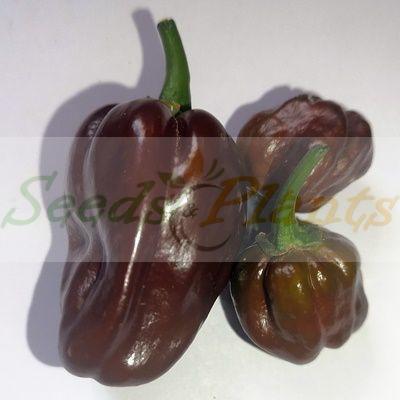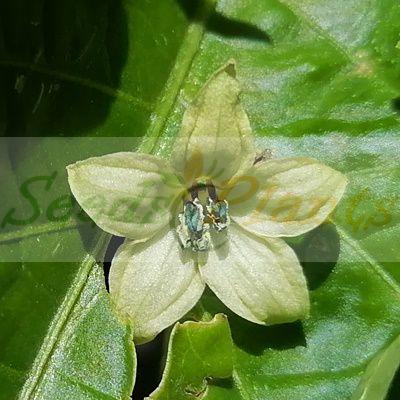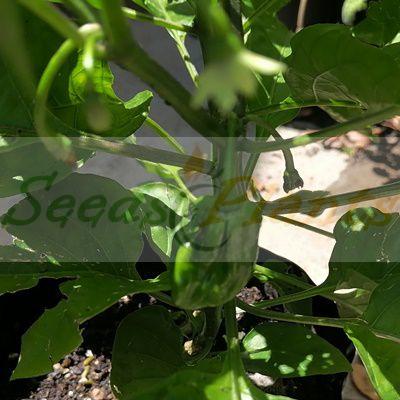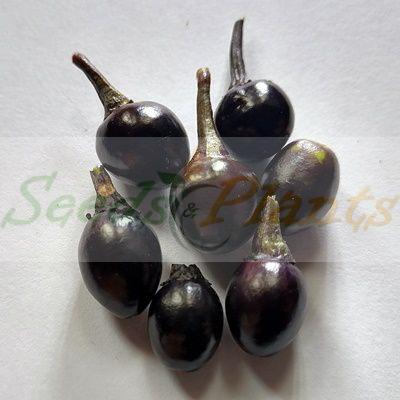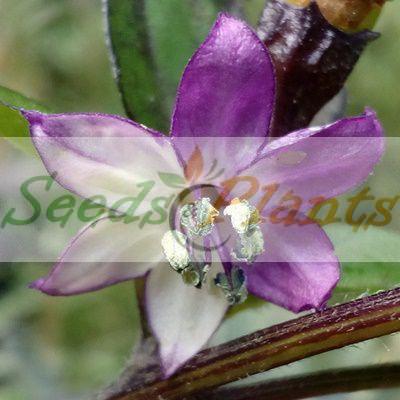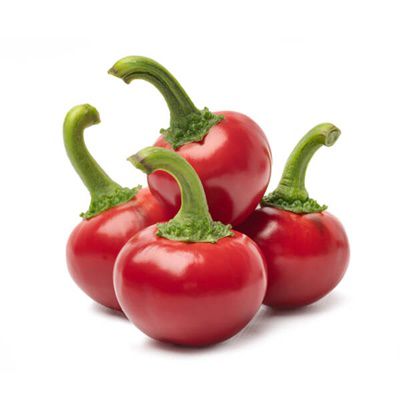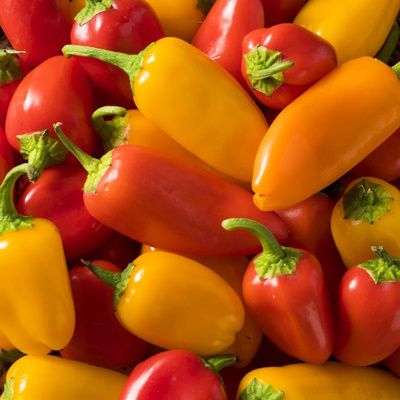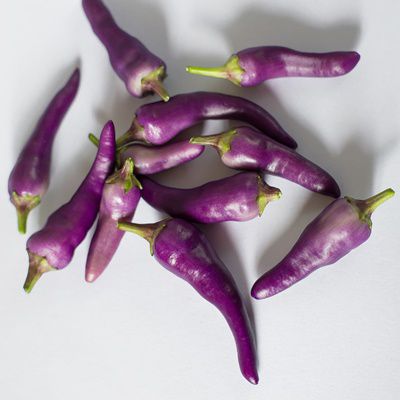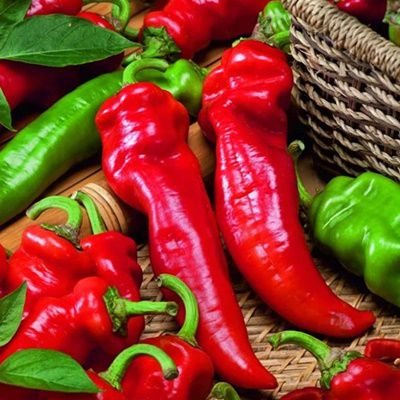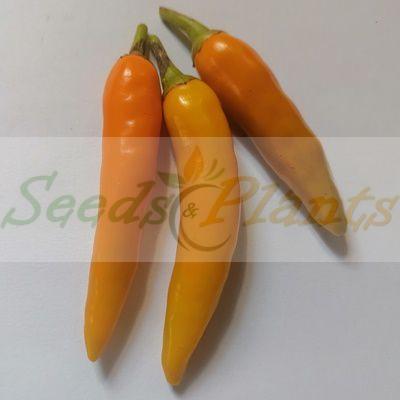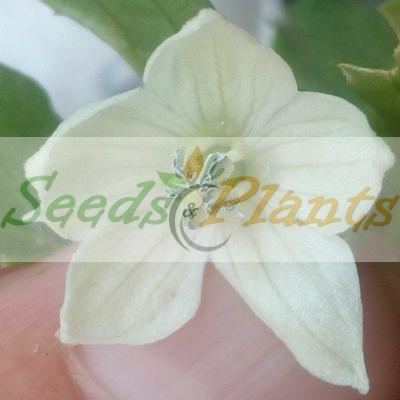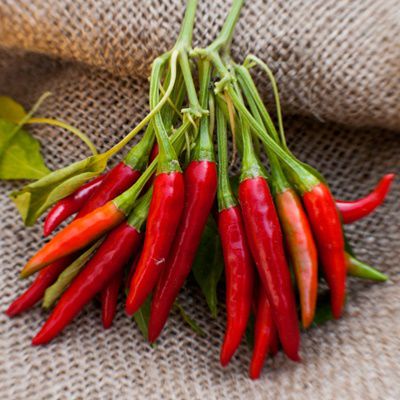Chocolate Habanero Chilli Pepper – 10 Seeds
(Scoville heat units: 300,000 to 425,000)
R30.00
Chocolate Habanero Chilli Pepper is a hotter pepper than its orange cousins. They take longer to grow and also grow a bit larger than other varieties of Habaneros, but they’re worth waiting for.
Common Names: Chocolate Habanero, Black Habanero and Congo Black Habanero.
Indoor Sowing: Mid Winter, Late Winter and Early Spring.
Direct Sowing: Not Recommended.
Out of Stock
Email me when the product is back in stock.
Chocolate Habanero chilli pepper, also known as brown or black Habanero or Congo Black, has little to do with the sweet treat we associate chocolate with, save for the rich colour of its skin. This variety is from the Caribbean one of hottest and largest of the Habanero family. It is popular in local cuisine, used in chutneys, sauces and marinades and mixes especially well with fruit in salsas. It has a unique rich, smoky flavour unlike any other chilli pepper.
The Chocolate Habanero is a hotter pepper than its orange cousins. It packs a punch far spicier than regular Habanero, with 425,000 Scoville units in each pepper. This is an extremely hot chilli.
Chocolate Habaneros take longer to grow than other varieties of Habaneros but they’re worth waiting for. They also grow a bit larger than other habs and come in at approximately 3” long by 2” wide. They start off an emerald green and mature to a luscious chocolate brown color approximately 100 days after transplanting. The Chocolate Habanero chilli pepper thrives in hot climates and is especially popular in Mexican Cuisine.
Cooks love to use Chocolate Habs to spice up numerous dishes and these really shine when added to salsas, Stir-fries and sauces – especially Mexican moles and Jamaican Jerk Sauce. If using them in a salsa we’ve found the best results when paring them with earthier and more pungent fruits like raisins and apricots.
Growing Chocolate Habanero Chilli Pepper
Indoor Sowing: Mid Winter, Late Winter and Early Spring.
Direct Sowing: Not Recommended.
- Sow seeds indoors in Mid Winter, Late Winter or Early Spring.
- Soak your seeds overnight in warm water to help them germinate faster.
- Place the seeds on top of the growing medium and cover with a thin layer of soil.
- Mist the soil with water daily so that it stays moist.
- For best germination, keep the soil between 23 and 26 degrees Celsius.
- The pots won’t require light until the seeds sprout.
- Sweet Pepper seeds germinate in about 30 days and Hot Pepper seeds in about 60 days, but it can also take longer.
- After the seeds have germinated, place the pot on a windowsill or in a heated greenhouse.
- When they are 2.5cm tall prick out seedlings, moving each into their own 10cm pot. Make sure the roots are well covered and the leaves are just above the surface of the soil.
- Water and place in a light spot indoors.
- While plants are still growing indoors, move into 13cm pots filled with general purpose compost when roots begin to show through the drainage holes in the base.
- When plants are about 20cm tall, or before if they start to lean, stake with a stick.
- Pinch out the tops of peppers when they are about 30cm tall to encourage lots of branches.
- Plants are ready to be placed outdoors once all danger of frost has passed.
- Either plant directly into the ground, spacing them 45cm apart or transfer them to 22cm pots to give them plenty of space to grow.
- Peppers take a long time to grow large enough from seeds to produce mature fruit, and they require a fairly long growing season.
- Make sure you water regularly, especially in hot weather and feed every two weeks with a general purpose liquid fertilizer. Feeding should start when the flowers first appear and should continue until the fruit have been harvested.
Disclaimer
Medicinal Information:
All medicinal information on this website is for educational and informational purposes only and may not be construed as medical advice. The information is not intended to replace medical advice or treatment offered by healthcare professionals.
Seeds, Plants, Plant Cuttings, Geophytes and Dried Herbs:
In some countries and provinces, certain plants are deemed as invasive and are not allowed to be planted at all, whilst some plants are allowed to be grown only in certain areas or provinces. The onus is on you as the buyer to familiarize yourself with the regulations pertaining to your location, before purchasing any of our seeds, plants, plant cuttings, geophytes or dried herbs. We will not be held liable, should you purchase any seeds, plants, plant cuttings, geophytes or dried herbs. from us which are prohibited in your country or province.
Related products
Black Pearl Chilli Pepper – 10 Seeds
(Scoville heat units: 10,000 to 30,000)



